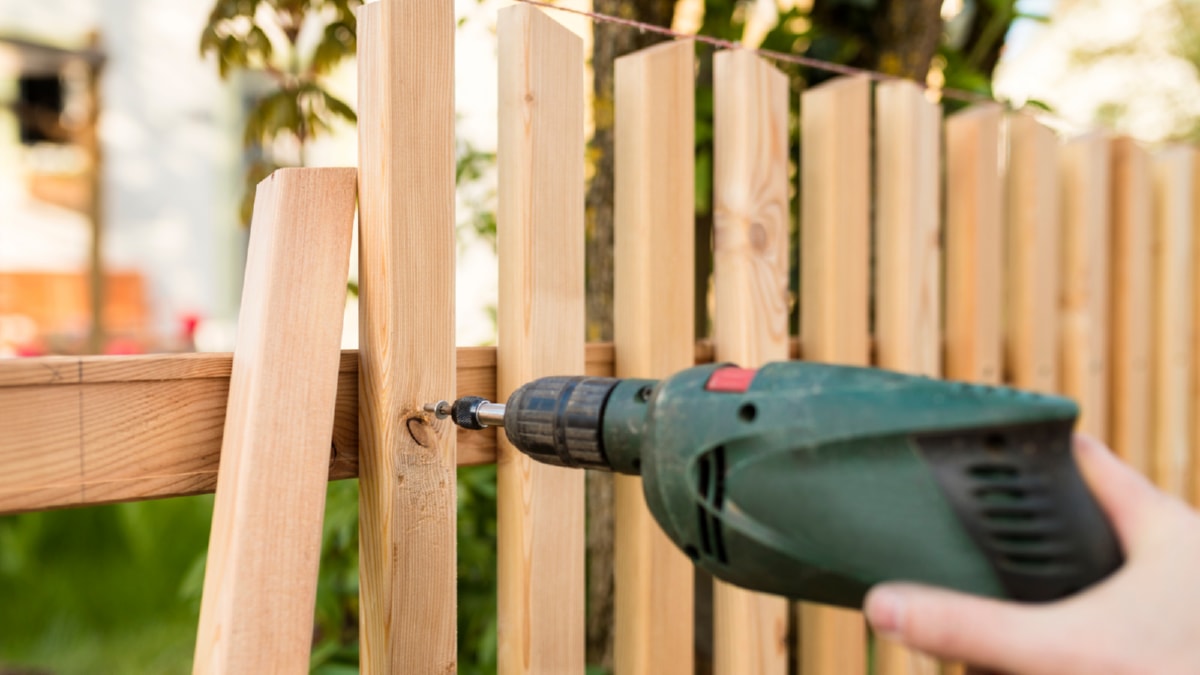The construction industry, a cornerstone of the global economy, has long held a reputation for high environmental impact. From resource consumption to waste generation, the industry’s ecological footprint has been a significant concern. However, advancements in green building technologies are set to revolutionize this sector, promising sustainability without compromising functionality or aesthetics.
Green building, also known as sustainable or high-performance building, involves the application of practices and technologies that are environmentally responsible and resource-efficient throughout a building’s lifecycle. These advancements are transforming the construction industry, ushering in a new era of eco-conscious development.
One of the most significant advancements in green building is the development of sustainable materials. Traditional building materials such as concrete and steel are being replaced with eco-friendly alternatives like recycled steel, bamboo, and hempcrete. These materials are not only sustainable but also possess properties such as high strength and durability, making them ideal for construction.
The advent of energy-efficient technologies is another game-changer. From solar panels to geothermal heating and cooling systems, these technologies harness renewable energy sources, reducing reliance on fossil fuels. The integration of these technologies into building designs dramatically decreases energy consumption, translating to lower utility bills and reduced carbon emissions.
Water efficiency is also a key focus in green building. Advanced technologies like rainwater harvesting systems and water-efficient appliances are being incorporated into building designs to minimize water usage. Greywater recycling systems, which reuse water from sinks, showers, and washing machines for non-potable uses such as toilet flushing and irrigation, are also becoming increasingly popular.
Another innovative trend in green building is the concept of green roofs and walls. These features not only provide aesthetic appeal but also offer a slew of environmental benefits. They act as insulators, reducing energy consumption for heating and cooling, absorb rainwater, reducing runoff and sewage overflow, and improve air quality by filtering pollutants.
The integration of smart technology with green building is a development that cannot be overlooked. Smart thermostats, lighting systems, and appliances allow for the efficient use of energy, reducing wastage. Additionally, home automation systems can provide real-time data about a building’s energy consumption, empowering homeowners to make informed decisions about their usage.
The rise of green building certifications such as LEED (Leadership in Energy and Environmental Design) has also significantly influenced the construction industry. These certifications set rigorous standards for green building, pushing developers to adopt sustainable practices and technologies.
While these advancements promise a greener future for the construction industry, challenges such as high upfront costs and lack of awareness among consumers remain. However, with increasing recognition of the environmental crisis and the long-term economic benefits of green building, these hurdles are gradually being overcome.
The construction industry is at the cusp of a green revolution, driven by advancements in sustainable practices and technologies. These developments are not just transforming the way buildings are designed and constructed, but also how they are operated and maintained, promising a future where sustainability is ingrained in every aspect of construction. As we continue to innovate and refine these technologies, the construction industry’s environmental footprint will continue to shrink, paving the way for a sustainable future.
For more details, check best masonry services or visit their business listing here.



